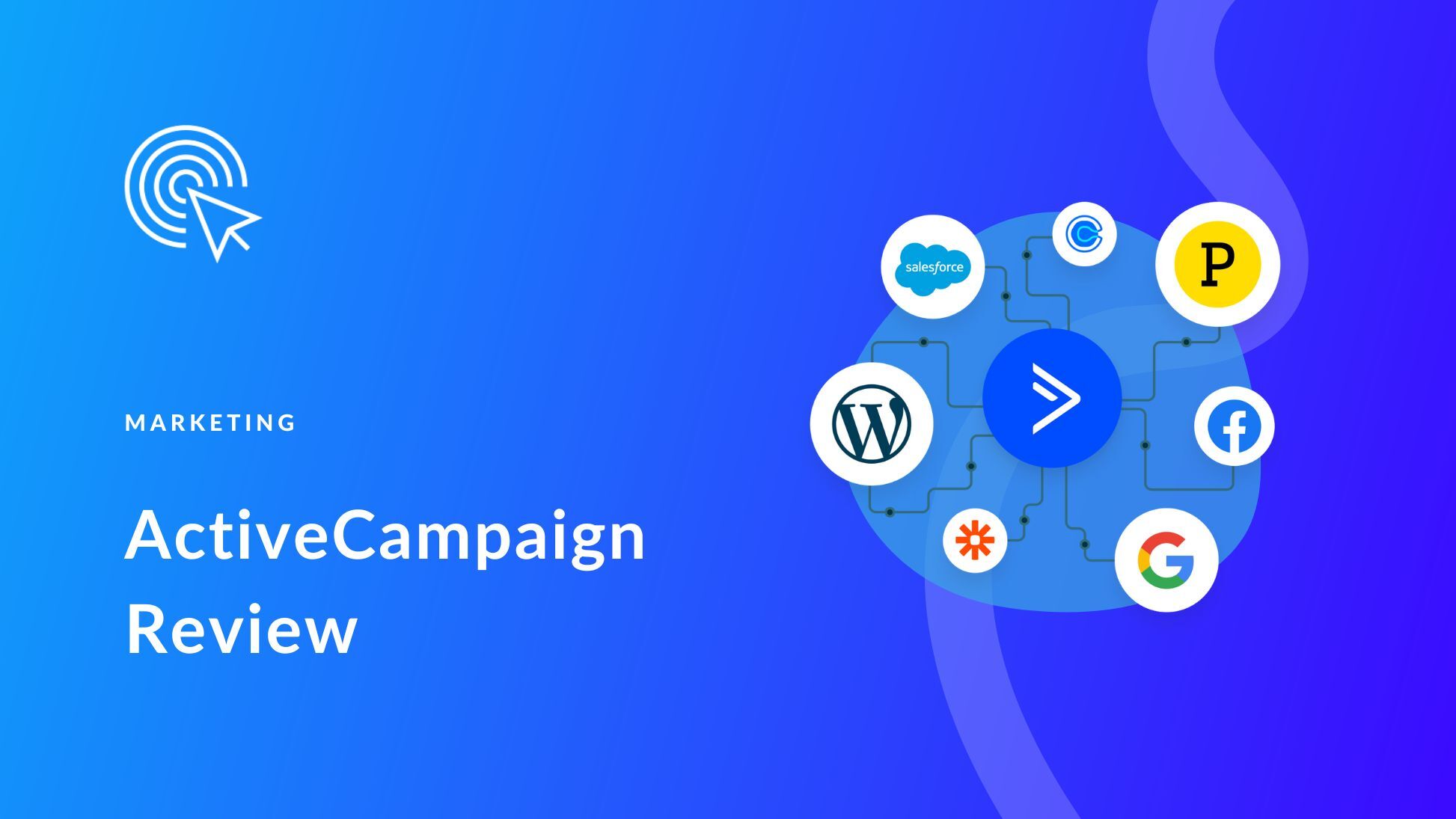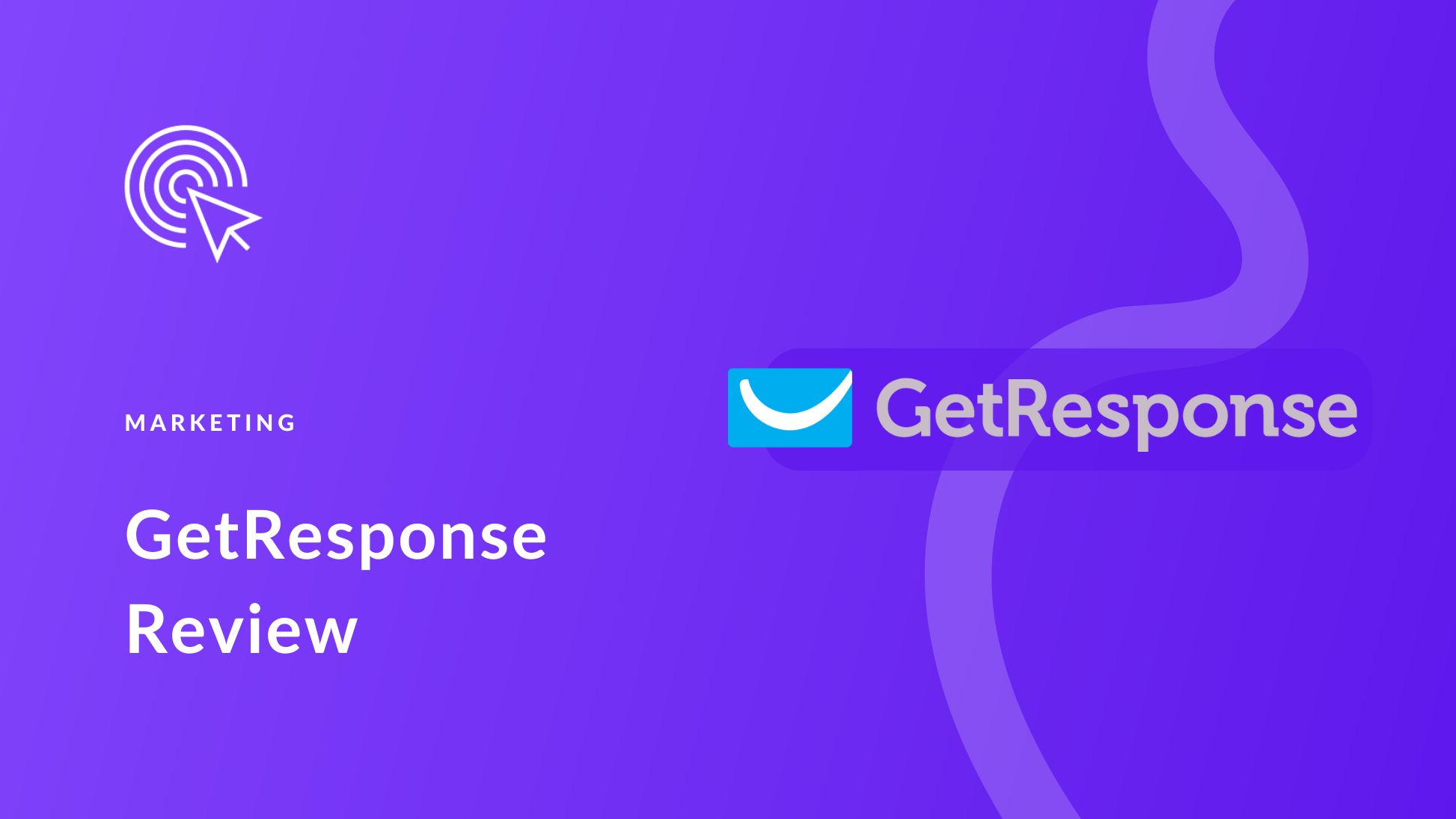One of the challenges of creating a marketing strategy is predicting how potential customers will react to your content. If your strategy fails to hit home with your target audience, all of the time, energy, and resources you put into it will go to waste.
Marketing personas can help you prevent this problem. In this article, we’ll explain what personas are, how to create them, and how to use them in marketing.
Let’s jump in!
Subscribe To Our Youtube Channel
What Marketing Personas Are
Marketing personas are characters designed to represent sections of your target customer base. They’re used as tools to help understand customer motivations and predict their behavior in order to ultimately increase sales.
For example, if you create a product that you believe will appeal to teenage boys, creating a persona for them is a good idea. You’ll give him a name, an age, and state a problem of his you can solve. You can also note things such as whether he has a car, or an after school job.
This makes for more efficient and effective marketing. When you’re trying to decide how to market your product, personas help you see through your customers’ eyes. By considering their values, you’ll better know how to tap into your customers’ emotions to make your products or services seem more appealing.
Persona marketing is useful in a variety of different situations. For example, it can link with content marketing to help personas for your target readers. They can also help you determine the best way to communicate with your customers, and what kinds of promotional strategies to use. They can even be useful for inspiring new products or services based on your customers’ needs or desires.
How to Create Marketing Personas (4 Steps)
Creating marketing personas can be a time consuming process. However, if you put your personas to good use, it will be well worth the time and effort. Let’s run through four steps and discuss how to create a persona!
Step 1: Gather Information About Current or Potential Customers
The first step in creating a persona is research. You will want to gather all of the customer information you’ll need to create useful personas. Demographics including age, gender, income, family status, education level, and location are a good starting point.
However, information such as their preferred method of communication matters, too. You may reach teens on social media, but have a better time contacting older people on the phone. Determining which keywords your customers find most engaging will also be helpful.
Perhaps most importantly, you’ll want to get at the core of what drives your customers to make purchases. Aspects such as their values, biggest challenges, needs, and desires are critical components for your personas. This kind of information will be the most vital for helping you understand your customers’ motivations.
There are several sources you can use for compiling this information. Facebook Insights and Google Analytics are useful tools if you already have a Facebook profile or a website. You can use a survey plugin to add a survey to your website. You can also use interviews or in-person interactions with customers to bring together the data you’ll need.
Step 2: Find or Create a ‘Persona Template’
You’ll find lots of methods for displaying persona information. Bulleted lists, short first-person narratives from the personas’ perspective, tables, or even a combination are popular options. Any method is fine, so long as it exhibits your personas’ information in a way that makes sense to you.
You could also create comparative personas by including charts and graphs to note information like what percentage of your customer base each persona makes up. Sliders can denote information such as personality traits, or a willingness to spend.
There are plenty of persona templates to be found online. However, if you’re feeling creative you could make your own, or mix and match parts of templates you’ve found. This way you’ll have an ideal template for your specific purposes.
Step 3: Determine the Right Number of Personas for Your Business
How many personas you need will depend on your business, and both your current and ideal customers. Persona marketing is most effective when you strike a balance between enough personas to cover your customer base thoroughly, without introducing ‘decision paralysis’ in a given situation.
First, determine how many problems or challenges your product or service solves. If each of those problems applies to a different kind of customer, you’ll need a persona for each. Niche businesses will probably have fewer personas, since they’re targeting a specific market.
You should also consider which types of customers you most want to appeal to. It’s possible that you’ll be able to identify a very large number of personas you could market to, but if you’re really only interested in targeting a select few, create personas for those types of customers and focus on those sections of your customer base.
Step 4: Humanize Your Personas
Giving names to your personas might feel a little silly, or at the very least, inconsequential. However, the opposite is true. Humanizing your personas by naming them – including details like their hobbies and job titles, and even finding photos to represent them – is part of what makes a persona an effective tool.
Persona marketing works best when it’s used to create a customer-centric brand. Rather than being a profiling tool, marketing personas are supposed to help you see through the target customers’ eyes to better understand them.
Humanizing your personas helps to accomplish this by making your personas seem more like real people. Each will have problems that you’re trying to solve with your products or services. In addition, they’ll have their own preferences, desires, and narratives that will play into how you’re able to reach them.
You can use basic tools and assets such as name generators and stock photos to help with this part of the process. You can even take things a step further and seek out the most common names for certain demographics – like age or job title, for example.
How to Use Personas in Marketing
The uses of marketing personas are vast and varied. While most people think of them as useful for developing ideas for marketing specific products, they can also help with lead generation and communicating with customers. They can even provide inspiration for new products or services.
Once you’ve created your personas, you can start creating content to attract more people to your business. Through the use of keywords in blog and social media content, you can help your business rank when customers are searching for an answer to their most common problems, bringing new leads to your business.
Personas can also help you pinpoint how best to contact your customers. For example, knowing which social media platforms are most popular among certain demographics will help you ascertain which platforms to use to get in touch with your target audience.
Speaking of target audience, personas are frequently used in content marketing to craft blog posts, social media posts, and even email blasts. Knowing your audience can help you determine the best tone, style, and language to use to speak to your customers.
Different kinds of promotions appeal to different kinds of people. For example, the frugal-minded may wait for sales, limited-time products, or other discount deals. In contrast, contests and giveaways excite more competitive types. Fortunately, your personas can help you determine which promotions are most likely to motivate your customers.
Finally, knowing the problems or challenges that your customers face can point you toward new product and service lines. Ultimately, finding ways to solve these issues for your customers could open new doors for your business.
Conclusion
When you’re able to see your business from your customers’ perspective, you’ll better understand how to appeal to them. Personas make customers’ desires and motivations more clear so you can better create content, products, services, and promotions.
In this post, we’ve explored some of the benefits of marketing personas, and how to create and implement them for yourself. Try following these steps to create your own marketing personas:
- Gather information about current or potential customers.
- Find or create a persona template.
- Determine the right number of personas for your business.
- Humanize your personas.
Do you have any questions about how marketing personas are created or used? Let us know in the comments section below!
Article image thumbnail: Graphic farm / shutterstock.com.









Thank you. Great content very informative and helpful for any marketing and advertising. I see it as a must learn skill to further ones quest for producing quality content.
Thank you!
Excellent article, very complete with many interesting links.
It is a key issue for those who want to reach the right people, increase their business and bring a more humanized.
Unfortunately a subject that requires a lot of work. Hence a lack of involvement of the majority of people who should feel concerned by the subject.
Thank you for sharing.
Hello Gérard,
There’s a flip side to this – if you make the effort, you’ll be a few steps ahead of your competitors. 🙂
As a content writer for a variety of clients, I am very intrigued by this strategy. I would love to hear more about how to directly implement a created personna when delivering content- do you literally give that personna a voice and an identity? Or just write from their point of view to the target audience?
Thanks!
Hello Maria,
It’s best to think about it in terms of the persona being who you write for. In other words, the persona is your target reader.
So, you would never write from the persona’s point of view – we’re not creating a pseudonym here, but a best judgement of a specific target reader. A collection of personas effectively becomes your whole target audience.
I hope this helps. 🙂
Thank you. Great content very informative and helpful for any marketing and advertising. I see it as a must learn skill to further ones quest for producing quality content.
Thanks, Jerry!